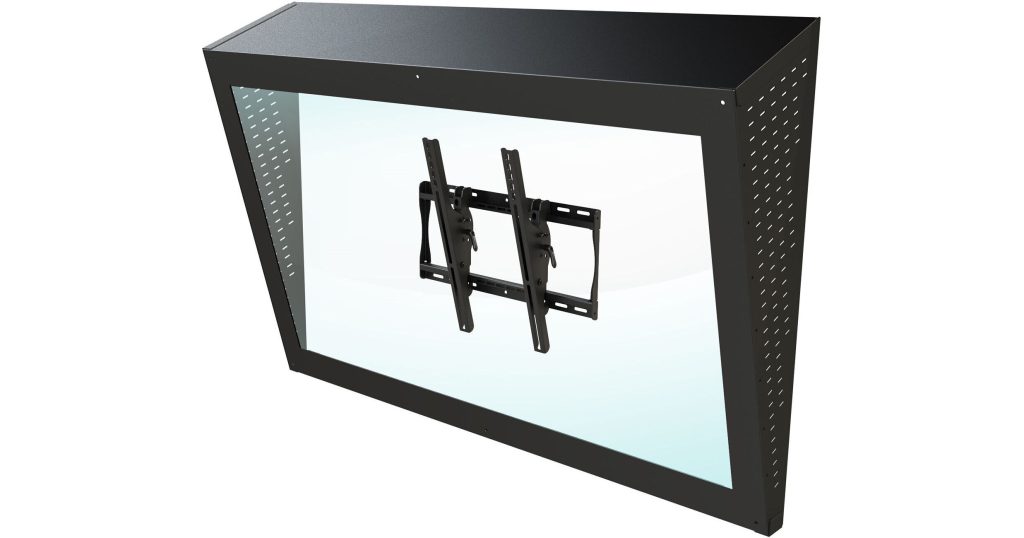
Ensuring patient safety is not just a goal but a need in high-risk healthcare environments, including psychiatric hospitals, behavioral health units, and correctional care institutions. These settings call for particular attention in both design and equipment to reduce self-harm hazards and aid rehabilitation. The safe integration of entertainment systems especially via ligature resistant TV enclosures is one key element in this safety architecture.
Design of Safe Rooms
The physical arrangement of patient rooms and shared spaces mostly determines safety in mental health settings. In high-risk situations, things that seem innocuous in conventional contexts could turn into weapons for self-harm or tampering. Starting with the television enclosures, every part of the room has safety elements included. These protective housings are made with certain necessary qualities:
- Sloped surfaces to stop cord or strap attachment
- Impact and tamper resistance from heavy-duty materials
- Shatterproof screens to stop damaged components from causing harm
- Concealed ventilation systems guaranteeing cooling without revealing interior parts
- Flush wall mounting that removes gaps or areas for hiding
These features let patients gain from the therapeutic and relaxing effects of television even in a safer atmosphere. Ligature-resistant TV enclosures are not only helpful but absolutely necessary in areas where monitoring is crucial.
Advantages of Ligature-Resistant TV Enclosures
Midway through any conversation on safe facility design, ligature-resistant TV enclosures stand out as a model of successful prevention. Their existence shows a facility’s dedication to patient-centered treatment and proactive risk minimization. Beyond their structural construction, these enclosures have a psychological purpose: they suggest that every action has been taken to safeguard and value the lives of individuals under treatment.
Staff members gain from their use as well. Caregivers are better able to concentrate on their fundamental duties when common fixtures are locked and ligature concerns are reduced rather than always controlling possible hazards. That guarantees a more steady, safe surrounding for both professionals and patients.

Planning for Prevention
Effective safety in healthcare settings comes from deliberate planning, not accident. Every detail that can endanger early phases of facility design or renovation must be given consideration. This covers, naturally, televisions; lighting systems; beds; plumbing fixtures; and doorknobs. Ignoring these parts makes it more likely for events that may otherwise be avoided to happen.
Facilities eliminate the need for expensive retrofits or reactive modifications by including safe items in room designs from the start. These long-term strategies lower institutional responsibility and improve patient dignity. ligature resistant TV enclosures is ingrained in the actual design of the area and becomes part of a culture of safety.
Assisting Patient Recovery
A therapeutic environment calls for more than just professional knowledge; it also needs a space that promotes trust, tranquility, and comfort. During severe treatment times, television might provide moments of distraction or relaxation. For many patients, it’s a touchpoint to normalcy and regularity. That is why it is so crucial to get televisions with particular enclosures.
In certain environments, even tiny adjustments can have a big impact. Well-considered, safe design fosters confidence between patients and carers. Patients can safely enjoy entertainment with ligature-resistant TV enclosures in place; carers can rest easy knowing that possible risks have been handled carefully and precisely.





